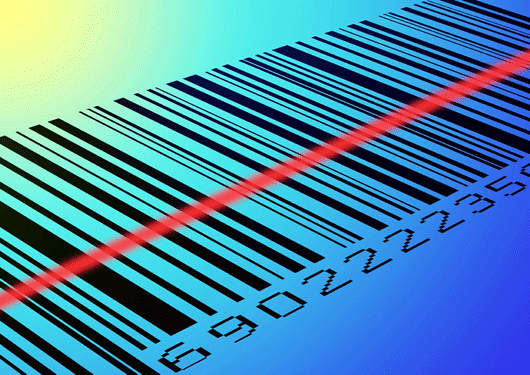
Visit Our Sponsors |
|
|
|
|
|
|
|
|
|
|
|
|
|
|
|
|
|
|
|
|
|
|
|
|
|
|
|
|
|
|
|
|
|
|
|
|
|
|

Coverage of the barcode scanner market is more often than not focused on the retail sector, with more industrial use cases often forgotten. The continued use of barcode technology within the asset management, logistics and authentication market is often a forgotten gem. The proliferation of newer 2D imager technology with faster read rates and longer read ranges is being increasingly used to serve direct part marking (DPM) use cases. DPM is presenting new opportunities for manufacturing to further automate solutions and track products/components through its complete life cycle, whilst continually improving upon error rates and quality control.
ABI Research believes that the 2D imager market presents the lion's share of opportunity within the barcode scanner market, accounting for 48 percent of all shipments in 2012, increasing to 62 percent in 2018. Although manufacturing will be a prime market for continued 2D imager adoption, it will not be limited to this market space, with strong adoption expected within the healthcare and pharmaceutical market, driven by government legislation, the government sector, particularly within military applications and the transportation and logistics markets to name but a few. The fact that 2D imagers are backwards compatible with linear barcodes is further increasing their popularity across both 1D and 2D use cases, enabling a level of technology future proofing. The market is now positioning itself for potential and increased uptake of 2D symbologies.
Research analyst Phil Sealy says, "The entrenchment of 1D symbologies across industrial use cases means backwards compatibility is essential to ensure high levels of market penetration. Although not all 2D imagers will be used to their full potential their increasing penetration will dramatically improve the chance of future 2D barcode integration."
These findings are part of ABI Research's RFID, Asset Tracking & Supply Chain Management Research Service.
Source: ABI Research
RELATED CONTENT
RELATED VIDEOS
Timely, incisive articles delivered directly to your inbox.






